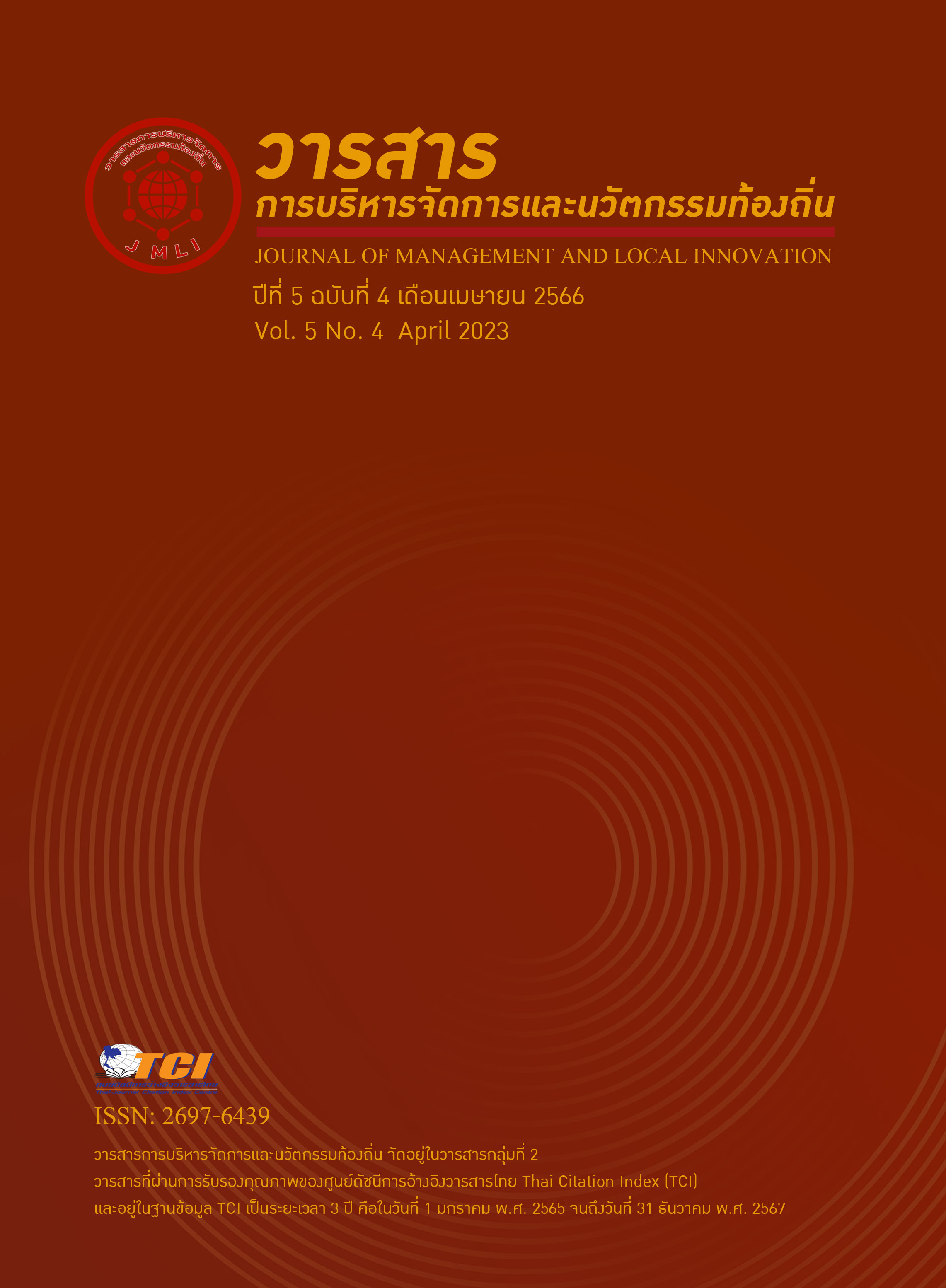Guidelines for the Administration of Student Affairs in Schools Under the Pathum Thani Secondary Education Service Area Office
Keywords:
Administration of Student Affairs, Pathum Thani Secondary Education Service Area Office, AdministratorAbstract
This research aimed to 1) investigate the current state and desirable conditions of student affairs administration in educational institutions, and 2) propose guidelines for the administration of student affairs in schools under the Pathum Thani Secondary Education Service Area Office. the sample, derived from multi-stage random sampling, consisted of 337 teachers under the Pathum Thani Secondary Education Service Area Office. The key informants included five school administrators. The instruments were questionnaires and interview forms. To analyze the data, the researcher conducted the statistical analysis consisting of frequency, percentage, mean, standard deviation, the Priority Needs Index (PNIModified), and the content analysis for the qualitative study. the findings revealed that 1) The overall current state of student affairs administration in educational institutions was found to be at a high level. The desirable conditions of student affairs administration were revealed at the highest level in an overview. 2) The guidelines for the administration of student affairs in schools consisted of six areas: (1) Student affairs planning: planning, revising regulations and guidelines, and developing action plans for changes. (2) Student affairs administration: assigning responsibilities for all departments and working to develop students based on the goals of educational institutions. (3) Democracy Promotion: Creating a handbook to disseminate democratic principles and organizing activities to encourage students to exercise their right to vote. (4) Discipline development, morality, and ethics: planning and organizing activities that promoted and developed student behavior and discipline. (5) Student support system: formulating guidelines for promoting, developing, and solving student problems leading to practical implementation. (6) Monitoring and Evaluation: Planning and allowing stakeholders to participate in monitoring and evaluation in order to improve and expand operations.


